Home>Storage Ideas>Kitchen Storage>How To Clean A Burnt Stainless Steel Pan, According To Experts
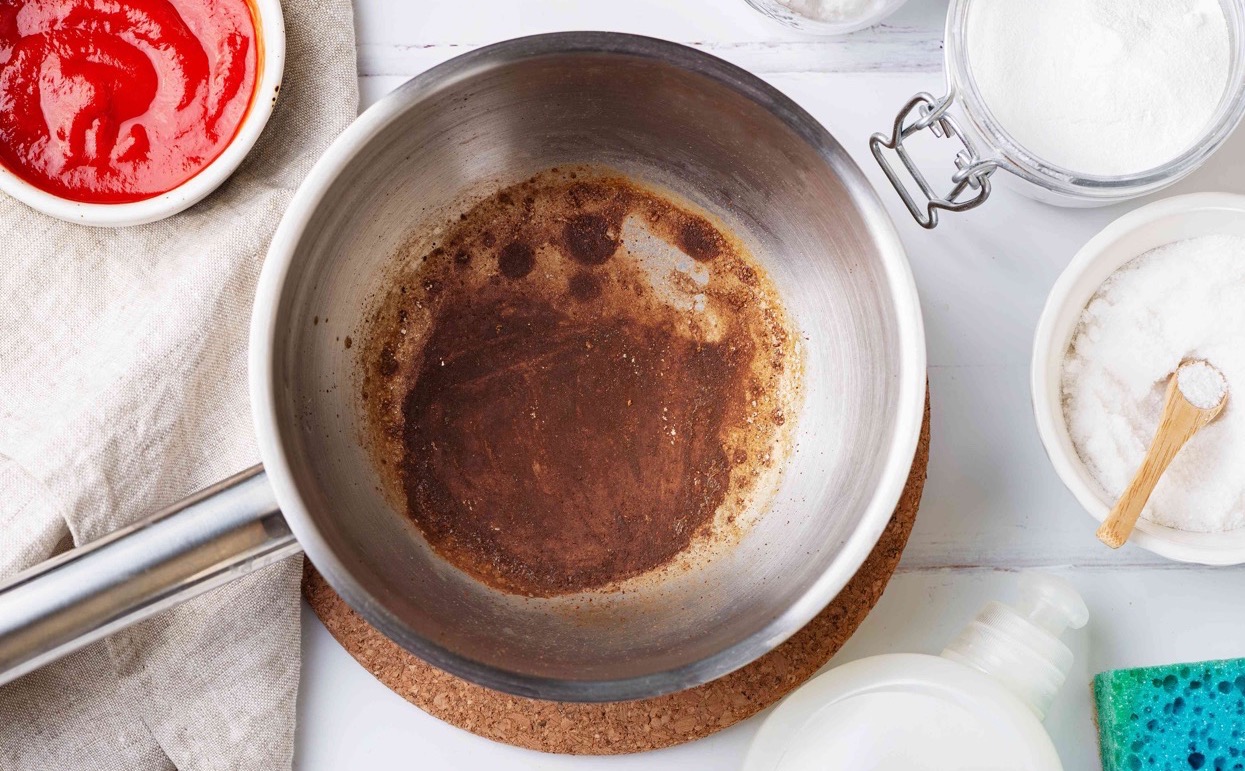

Kitchen Storage
How To Clean A Burnt Stainless Steel Pan, According To Experts
Modified: August 28, 2024
Learn expert tips on how to clean a burnt stainless steel pan and save your kitchen storage space with these innovative kitchen storage ideas.
(Many of the links in this article redirect to a specific reviewed product. Your purchase of these products through affiliate links helps to generate commission for Storables.com, at no extra cost. Learn more)
Introduction
Welcome to our comprehensive guide on how to clean a burnt stainless steel pan! We all know that cooking accidents happen, and sometimes that means ending up with a stubbornly burnt pan. But fear not, because with a few expert tips and tricks, you can bring your stainless steel pan back to its shining glory.
Stainless steel pans are a popular choice among home cooks for their durability and even heat distribution. However, they can be a bit tricky to clean, especially when food gets burnt onto the surface. But don’t worry, we have you covered with some tried and tested methods to tackle even the toughest burnt-on stains.
Before we dive into the cleaning methods, let’s go over some essential materials you’ll need:
- Baking soda
- Vinegar
- Lemon juice
- Salt
- Cream of tartar
- Commercial stainless steel cleaner (optional)
- Scrub brush or sponge
- Hot water
- Non-abrasive cloth or paper towel
Now that you have everything ready, let’s start exploring the different methods you can use to clean your burnt stainless steel pan.
Key Takeaways:
- Say goodbye to burnt-on stains with these expert-approved methods using common household items like baking soda, vinegar, and lemon juice. Keep your stainless steel pans shining like new!
- Prevent future burns by following simple tips like monitoring cooking times, using appropriate heat levels, and preheating pans correctly. Enjoy cooking without the worry of stubborn stains!
Read more: How To Clean Burnt Stainless Steel Cooktop
Materials Needed
Before we begin, let’s gather the materials you’ll need to clean your burnt stainless steel pan. Having these items on hand will make the cleaning process much more effective:
- Baking soda: This versatile kitchen staple is excellent for removing tough stains and burnt-on residue.
- Vinegar: The acidity in vinegar helps break down stubborn stains and can be used in combination with other ingredients.
- Lemon juice: The natural acidity in lemon juice makes it a great alternative to vinegar and adds a fresh citrus scent.
- Salt: Coarse salt can be used as an abrasive to scrub away burnt-on food particles.
- Cream of tartar: This pantry staple can act as a gentle abrasive to remove stains and burnt-on residue.
- Commercial stainless steel cleaner (optional): If you prefer to use a specialized cleaner, choose one specifically designed for stainless steel cookware.
- Scrub brush or sponge: Use a non-abrasive scrub brush or sponge that won’t scratch the surface of your stainless steel pan.
- Hot water: Hot water will help loosen the burnt-on residue and make it easier to clean.
- Non-abrasive cloth or paper towel: Use a soft cloth or paper towel to dry your pan after cleaning.
With these materials gathered, you’re ready to tackle that burnt stainless steel pan and bring it back to its original shine! Now, let’s explore some effective cleaning methods.
Method 1: Baking Soda and Water
One of the simplest and most effective ways to clean a burnt stainless steel pan is by using baking soda and water. Baking soda is a gentle abrasive that can help remove burnt-on food without scratching the surface of your pan.
Here’s how to use baking soda and water to clean your burnt stainless steel pan:
- Fill the burnt pan with enough hot water to cover the burnt area.
- Add 2-3 tablespoons of baking soda to the water and stir to dissolve.
- Let the pan sit for about 15-30 minutes to allow the baking soda mixture to loosen the burnt-on residue.
- After soaking, use a non-abrasive scrub brush or sponge to gently scrub the burnt areas.
- Rinse the pan thoroughly with hot water.
- If any stubborn residue remains, make a paste by combining baking soda and a small amount of water. Apply the paste to the burnt areas and scrub again.
- Rinse the pan once more with hot water and dry it with a soft cloth or paper towel.
Using baking soda and water is a gentle way to remove burnt-on stains, but it may require some additional scrubbing for particularly stubborn residue. If the burnt areas persist, don’t worry, we have more methods to try.
Now that you’ve learned how to clean a burnt stainless steel pan using baking soda and water, it’s time to move on to the next method: vinegar and water.
Method 2: Vinegar and Water
Vinegar is another fantastic household item that can be used to clean a burnt stainless steel pan. Its acidic nature helps to break down tough stains and burnt-on food particles, making it easier to scrub them away. Here’s how you can use vinegar and water to clean your pan:
- Fill the burnt pan with equal parts vinegar and water, enough to cover the burnt areas.
- Place the pan on the stove and bring the vinegar-water mixture to a simmer. Let it simmer for about 10-15 minutes.
- Remove the pan from the heat and carefully drain the vinegar-water mixture.
- Using a non-abrasive scrub brush or sponge, gently scrub the burnt areas, making sure to cover all the stained spots.
- Rinse the pan thoroughly with hot water to remove any residual vinegar smell.
- If needed, repeat the process or make a paste of vinegar and baking soda to tackle stubborn stains. Apply the paste, let it sit for a few minutes, and then scrub with a sponge or brush.
- Once the burnt residue is completely gone, rinse the pan with hot water and dry it with a soft cloth or paper towel.
Vinegar is a natural cleaner that is safe to use on stainless steel. However, it’s important to note that prolonged exposure to vinegar can dull the shine of your pan, so be sure to rinse it thoroughly after cleaning.
Now that you’ve learned how to clean a burnt stainless steel pan using vinegar and water, let’s move on to the next method: lemon juice and salt.
Method 3: Lemon Juice and Salt
If you’re looking for a natural and refreshing way to tackle burnt stains on your stainless steel pan, lemon juice and salt can be a powerful combination. Lemon juice contains citric acid, which acts as a natural cleaner, while salt acts as an abrasive to help remove stubborn burnt-on residue.
Here’s how you can use lemon juice and salt to clean your burnt stainless steel pan:
- Cut a lemon in half and squeeze the juice into the burnt pan. Alternatively, you can use bottled lemon juice if fresh lemons are not available.
- Sprinkle a generous amount of salt onto the lemon juice-covered areas.
- Using the cut side of the lemon or a scrub brush, scrub the burnt spots, applying gentle pressure. The combination of lemon juice and salt will work together to lift away the stains.
- Rinse the pan thoroughly with hot water to remove any lemon juice and salt residue.
- If any stubborn stains persist, repeat the process or make a paste of lemon juice and salt, apply it to the burnt areas, and scrub again.
- Rinse the pan one final time with hot water and dry it with a soft cloth or paper towel.
This method not only effectively removes burnt stains but also leaves a fresh citrus scent behind. Lemon juice is non-toxic and safe to use on stainless steel, making it an excellent natural cleaning option.
Now that you’ve learned how to clean a burnt stainless steel pan using lemon juice and salt, let’s move on to the next method: cream of tartar and water.
To clean a burnt stainless steel pan, fill the pan with water and add 1 cup of vinegar. Bring to a boil, then remove from heat and add 2 tablespoons of baking soda. Let it sit for a few hours, then scrub with a non-abrasive sponge.
Method 4: Cream of Tartar and Water
For those dealing with stubborn burnt stains on their stainless steel pans, using cream of tartar and water can be an effective cleaning method. Cream of tartar, also known as potassium bitartrate, acts as a mild abrasive to help lift and remove burnt-on residue without scratching the surface of the pan.
Here’s how you can use cream of tartar and water to clean your burnt stainless steel pan:
- Combine equal parts cream of tartar and water to make a paste. For example, you can mix 2 tablespoons of cream of tartar with 2 tablespoons of water.
- Apply the cream of tartar paste to the burnt areas of the pan, making sure to cover all stained spots.
- Allow the paste to sit on the pan for about 15-20 minutes. This will give the cream of tartar time to work on the burnt-on residue.
- Gently scrub the pan with a non-abrasive sponge or scrub brush, focusing on the burnt areas. The cream of tartar paste will help loosen and lift the stains.
- Rinse the pan thoroughly with hot water to remove any remaining paste.
- If necessary, repeat the process or use a soft cloth or sponge to scrub any stubborn areas.
- Rinse the pan one final time with hot water and dry it with a soft cloth or paper towel.
Using cream of tartar and water is a gentle yet effective method for removing burnt stains. It’s important to note that cream of tartar may take a bit more time and effort compared to other methods, but it can still yield excellent results.
Now that you’ve learned how to clean a burnt stainless steel pan using cream of tartar and water, let’s move on to the next method: commercial stainless steel cleaner (optional).
Method 5: Commercial Stainless Steel Cleaner
If you prefer a ready-made solution specifically formulated for cleaning stainless steel, using a commercial stainless steel cleaner is an excellent option. These cleaners are designed to effectively remove burnt-on stains and restore the shine of your stainless steel pan.
Here’s how you can use a commercial stainless steel cleaner to clean your burnt stainless steel pan:
- Read and follow the instructions provided on the commercial stainless steel cleaner’s packaging. Different products may have varying application methods and recommended contact times.
- Apply the cleaner to the burnt areas of the pan, making sure to cover all stained spots.
- Allow the cleaner to sit on the pan for the recommended amount of time. This allows the cleaner to penetrate and break down the burnt-on residue.
- Using a non-abrasive sponge or scrub brush, gently scrub the pan to remove the burnt stains.
- Rinse the pan thoroughly with hot water to remove any remaining cleaner.
- Dry the pan with a soft cloth or paper towel to prevent water spots or streaks.
It’s essential to choose a commercial stainless steel cleaner specifically designed for cookware. Avoid using general-purpose stainless steel cleaners that may contain harsh chemicals that could damage the surface of your pan.
Commercial stainless steel cleaners offer convenience and are often more powerful in tackling tough stains. However, they may not be as readily available as other homemade cleaning solutions. If you choose to use a commercial cleaner, follow the manufacturer’s instructions and safety precautions.
With this method, you can restore your burnt stainless steel pan to its original shine and enjoy the convenience of a specialized cleaning product.
Now that you’ve learned about various methods, both homemade and commercial, for cleaning a burnt stainless steel pan, it’s time to move on to some prevention tips to help you avoid future burns.
Prevention Tips
Preventing burnt-on stains in your stainless steel pans is always better than having to clean them afterwards. Here are some helpful tips to prevent future burns and keep your pans in great condition:
- Monitor cooking times: Pay close attention to the recommended cooking times for your recipes to avoid overcooking or burning food in your pans.
- Use appropriate heat levels: Adjust the heat on your stovetop to the appropriate setting for the dish you’re preparing. High heat can easily lead to burnt-on stains.
- Preheat your pans correctly: Heat your pan gradually over medium heat rather than starting with high heat. This can help prevent food from sticking and burning.
- Use cooking oils or butter: Apply a thin layer of cooking oil or butter to the pan before cooking to create a non-stick surface and minimize the chances of food getting burnt.
- Avoid overcrowding the pan: Give your ingredients enough space in the pan to cook evenly. Overcrowding can lead to uneven heat distribution and increase the likelihood of burnt spots.
- Clean your pans promptly: After each use, clean your stainless steel pans promptly to prevent any food residue from hardening and becoming difficult to remove later on.
- Use appropriate utensils: Avoid using metal utensils or abrasive scrubbers that can scratch the surface of your pans. Opt for non-abrasive tools like wooden or silicone utensils to prevent damage.
- Regularly inspect and maintain: Check your pans regularly for any signs of damage or wear. Replace pans with peeling or chipped surfaces as they can be more prone to burning and staining.
By following these prevention tips, you can minimize the chances of having to deal with burnt-on stains in your stainless steel pans. Prevention is key to maintaining the appearance and longevity of your cookware.
Now that you’re armed with effective cleaning methods and prevention tips, you can confidently tackle burnt stains and keep your stainless steel pans looking as good as new!
Remember, each method mentioned in this guide has its own strengths, so feel free to choose the one that works best for you based on the severity of the stains and the materials you have on hand.
Happy cleaning and happy cooking!
Conclusion
Cleaning burnt stainless steel pans may seem like a daunting task, but with the right methods and materials, you can restore them to their original shine. Whether you prefer homemade solutions like baking soda and vinegar, or commercial stainless steel cleaners, there is a method suited to your preference.
Using baking soda and water provides a gentle yet effective way to remove burnt-on stains, while vinegar and lemon juice offer natural acidity to break down tough residue. Cream of tartar and commercial stainless steel cleaners are other viable options that can save you time and effort.
Remember to take preventive measures to avoid future burns in your stainless steel pans. Monitor cooking times, use appropriate heat levels, and apply cooking oils or butter to create a non-stick surface. Regular maintenance and inspection are also crucial to ensure the longevity of your cookware.
With these comprehensive cleaning methods and prevention tips, you can keep your stainless steel pans in excellent condition, ready to serve up delicious meals without the worry of burnt-on stains.
So, the next time you encounter a burnt stainless steel pan, don’t panic. Armed with the knowledge and techniques shared in this guide, you can confidently bring your pans back to their sparkling best.
Happy cooking and happy cleaning!
Frequently Asked Questions about How To Clean A Burnt Stainless Steel Pan, According To Experts
Was this page helpful?
At Storables.com, we guarantee accurate and reliable information. Our content, validated by Expert Board Contributors, is crafted following stringent Editorial Policies. We're committed to providing you with well-researched, expert-backed insights for all your informational needs.
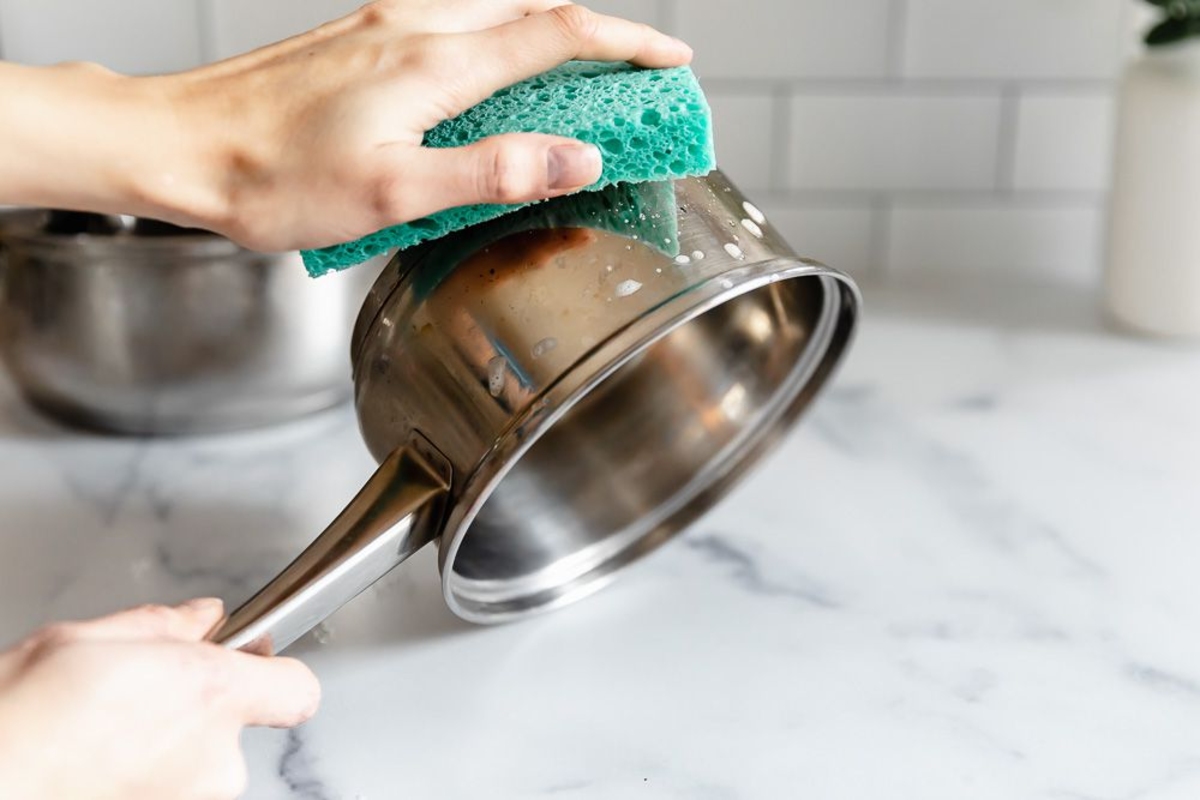
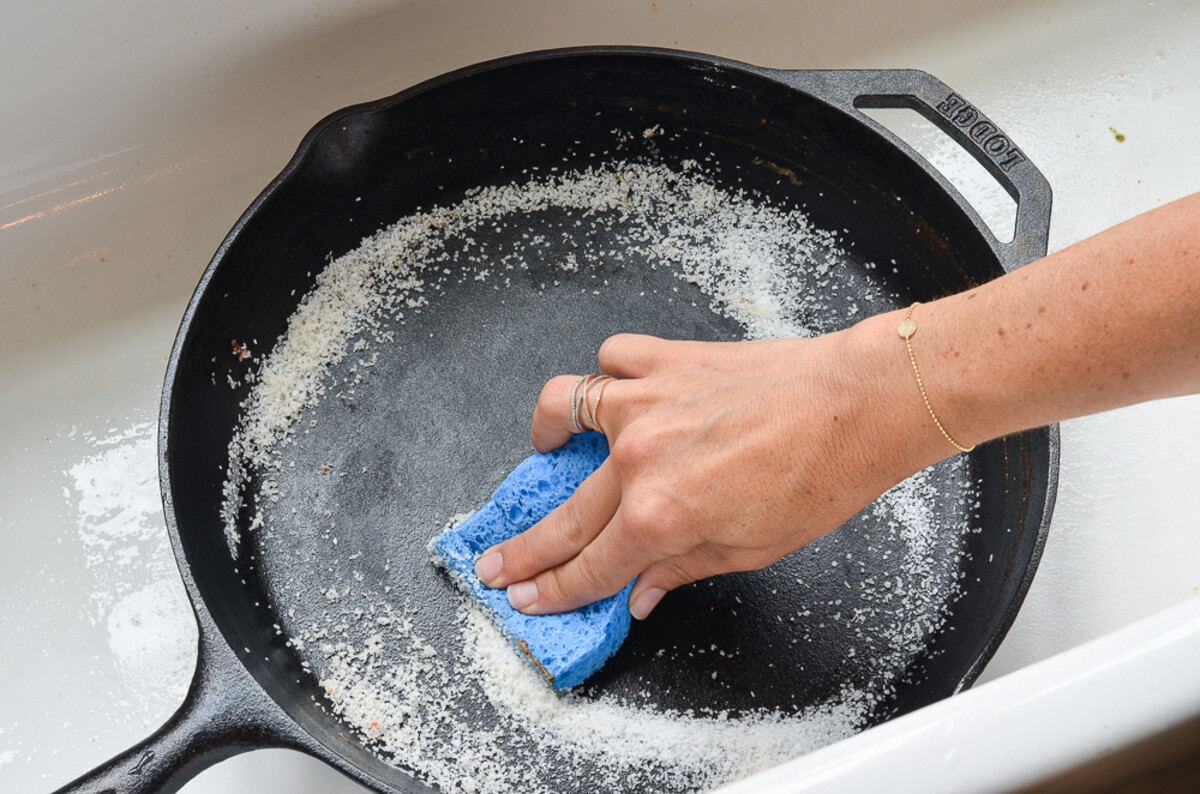
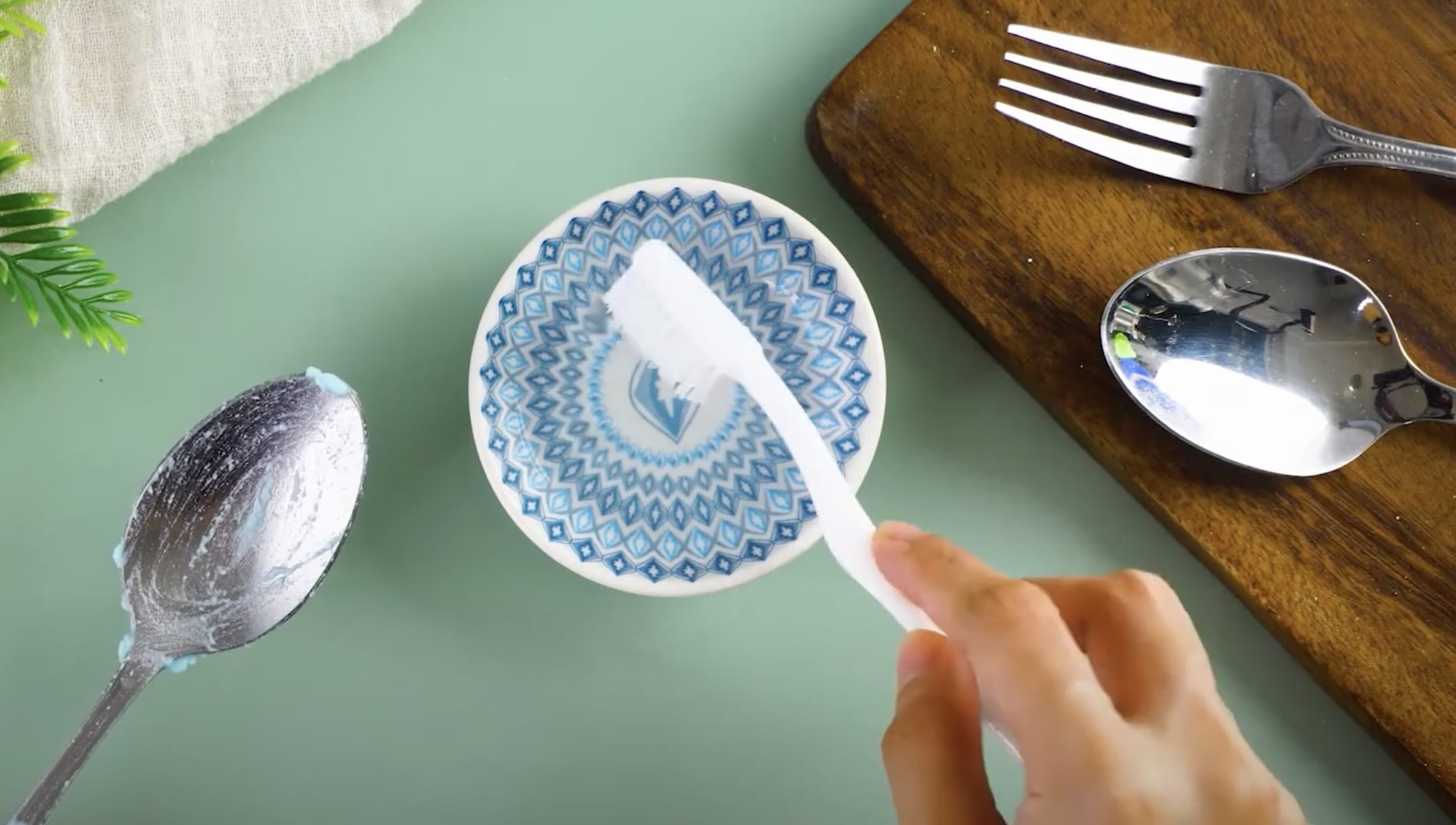

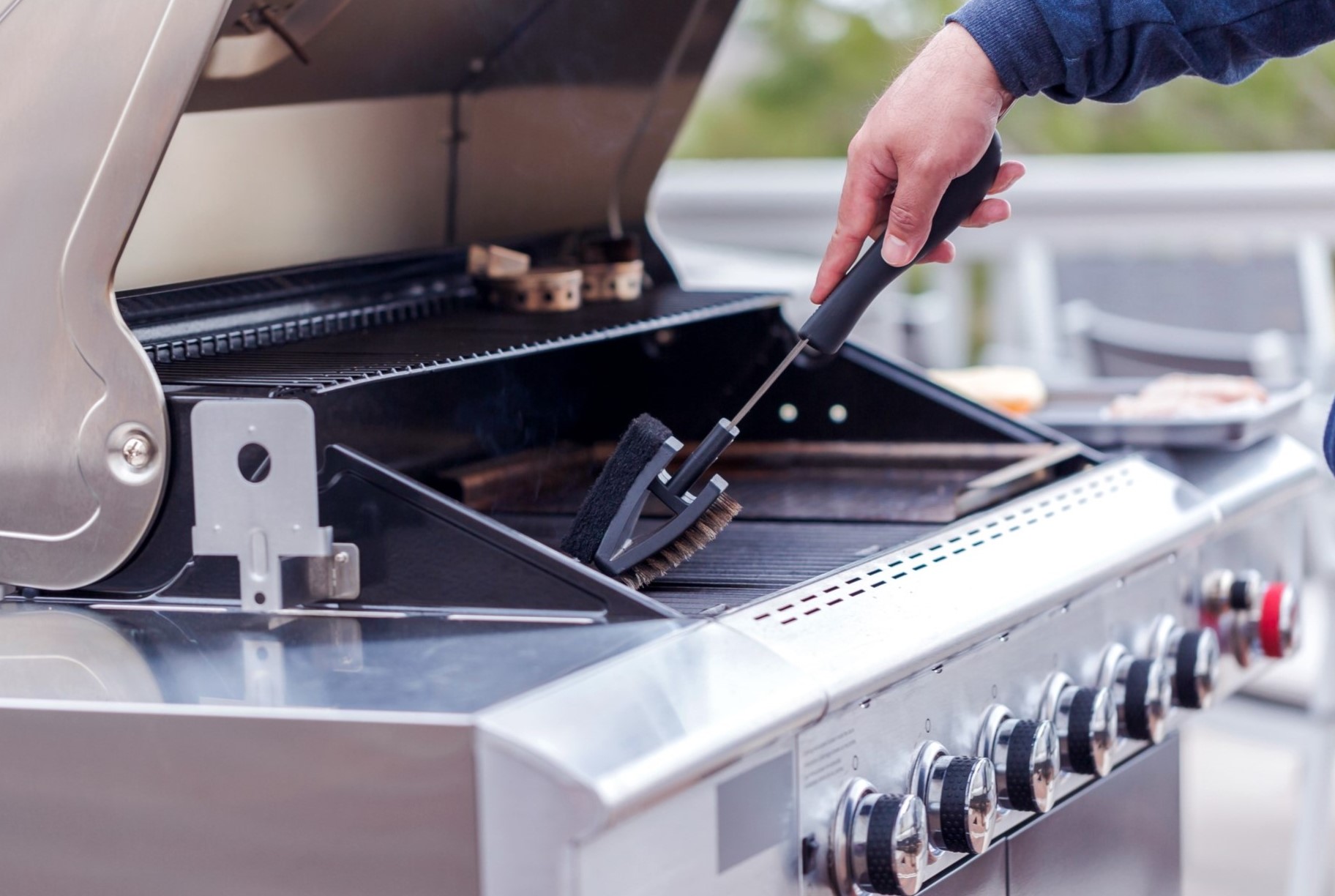
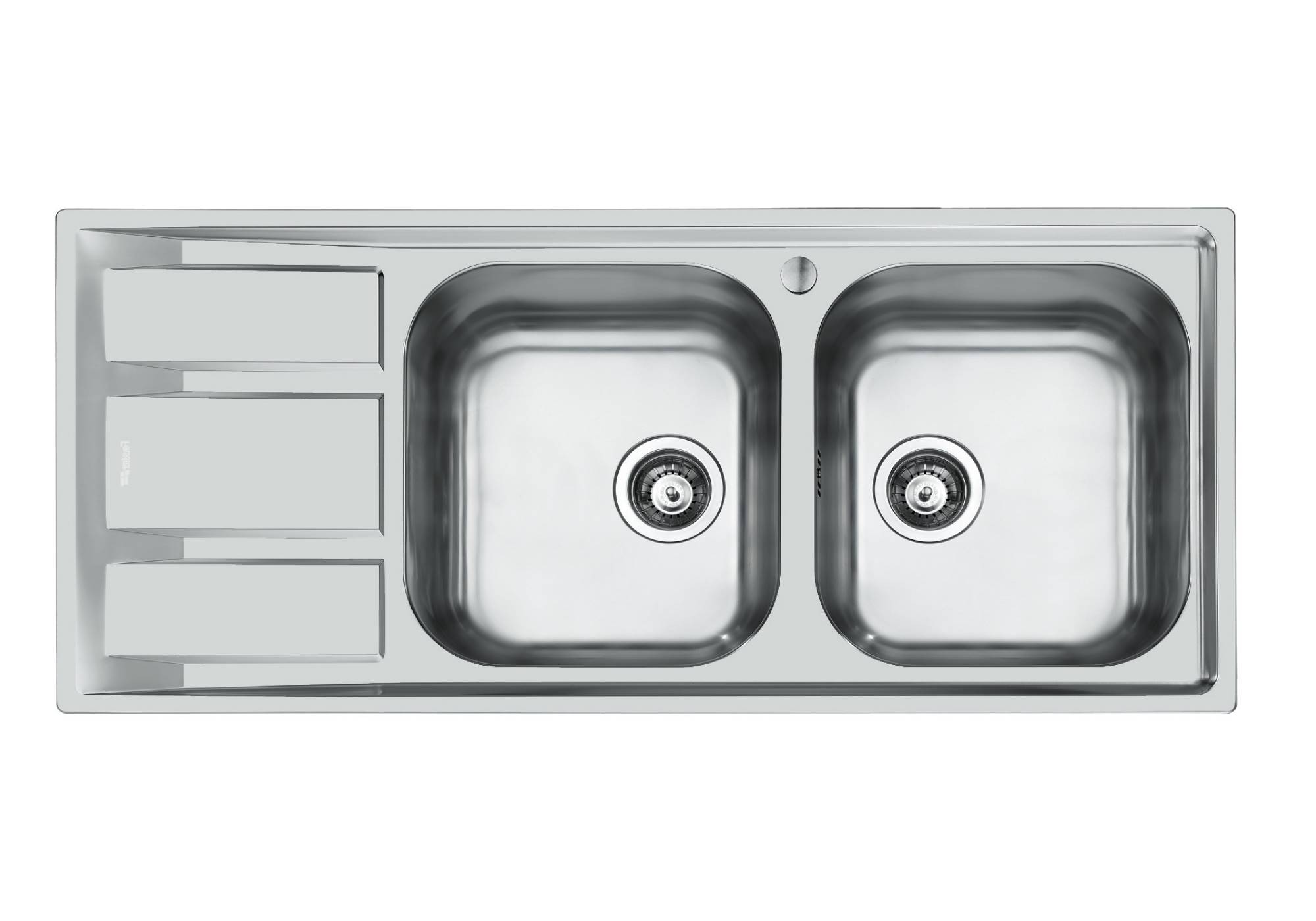
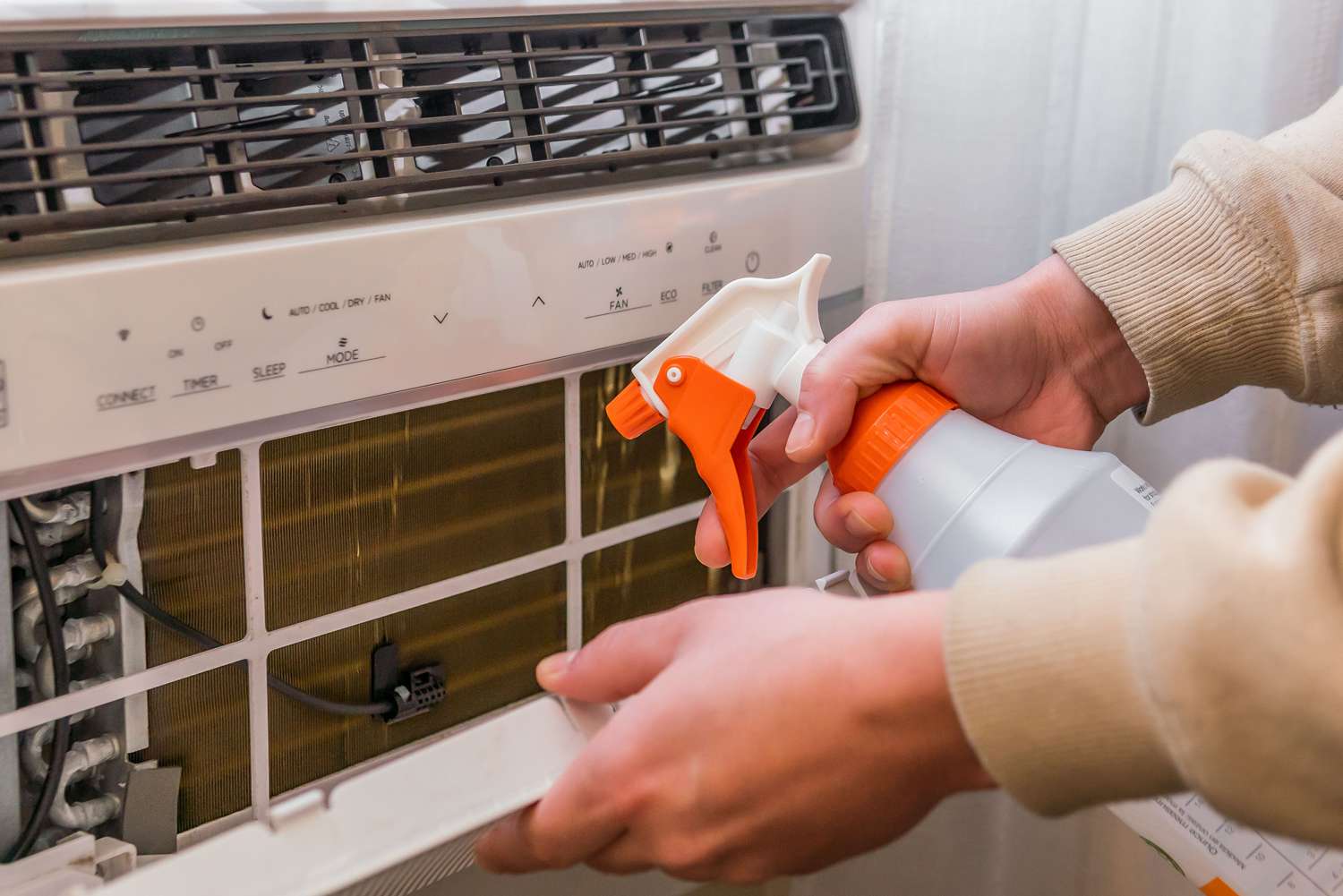
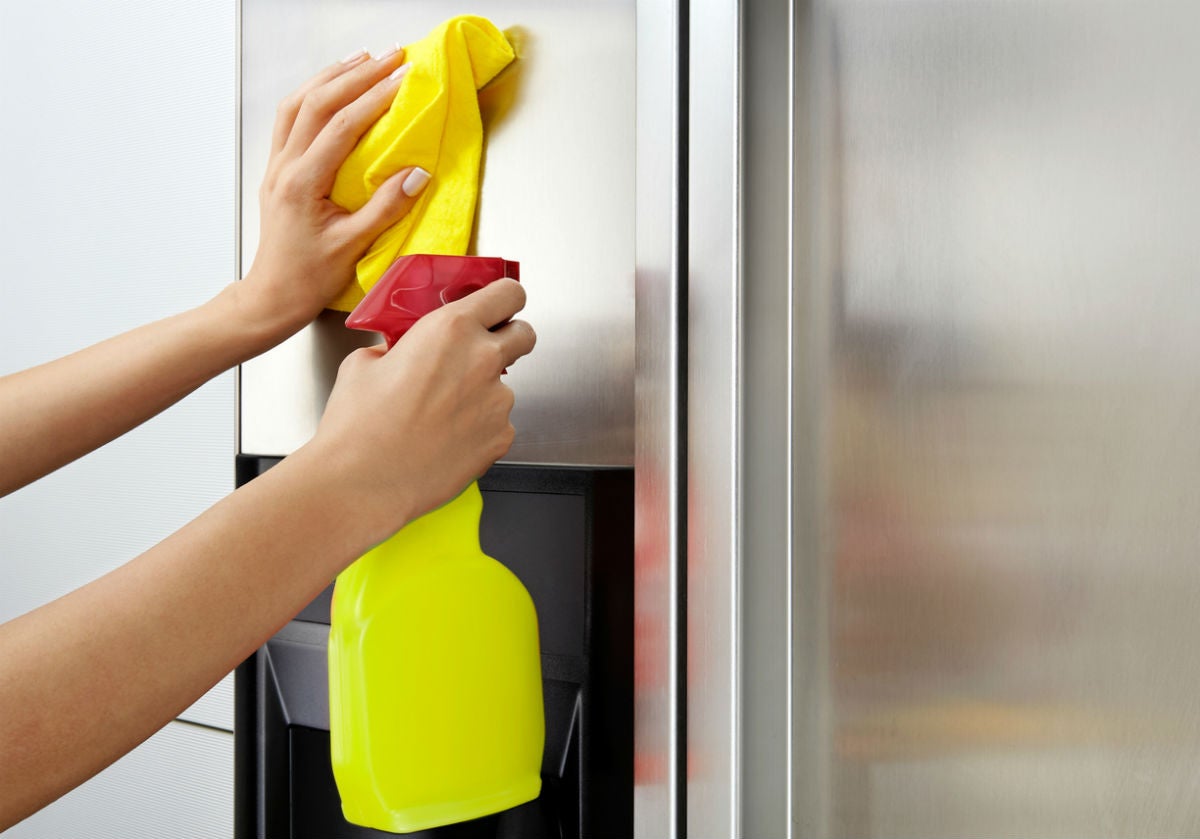
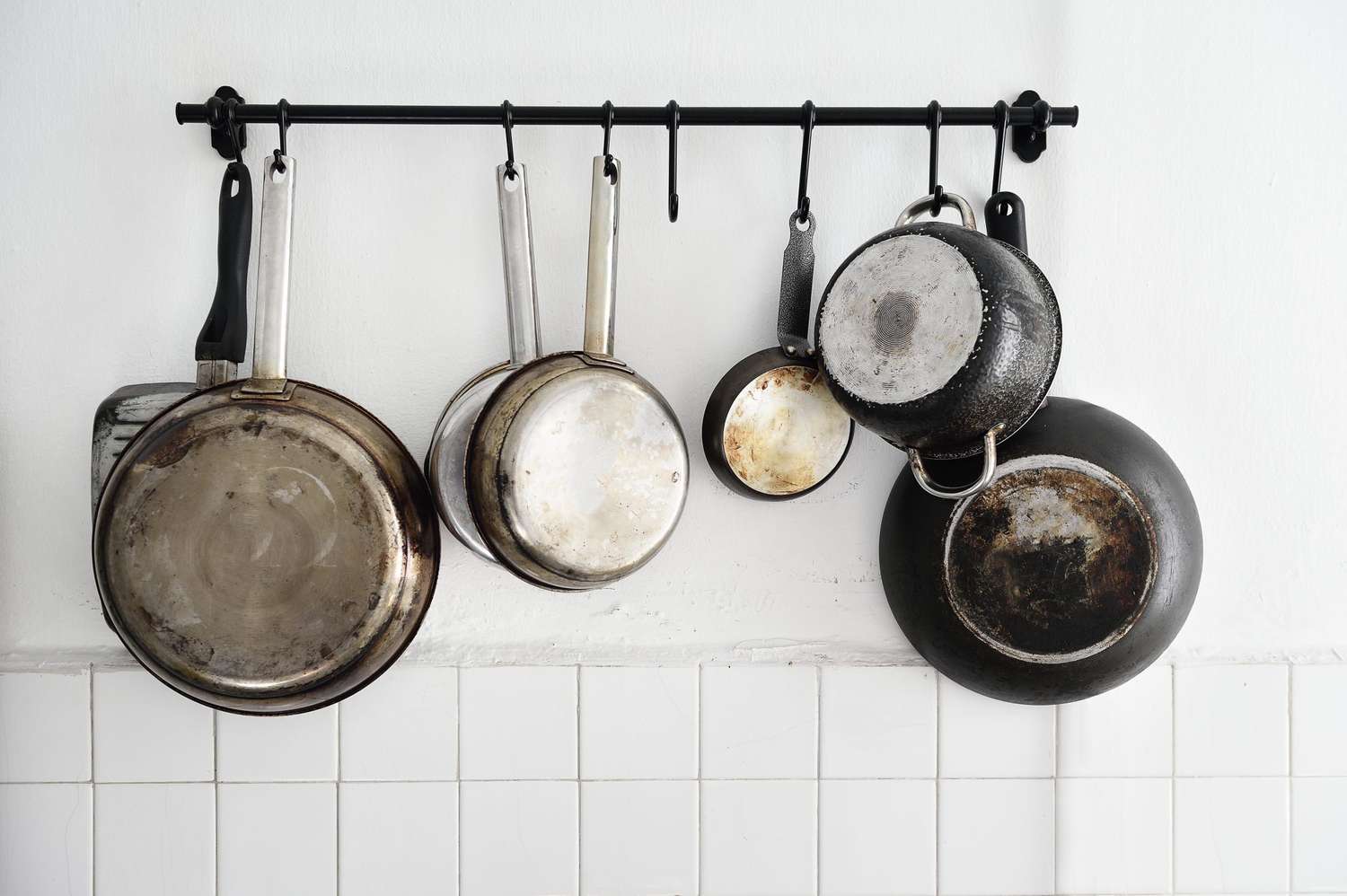
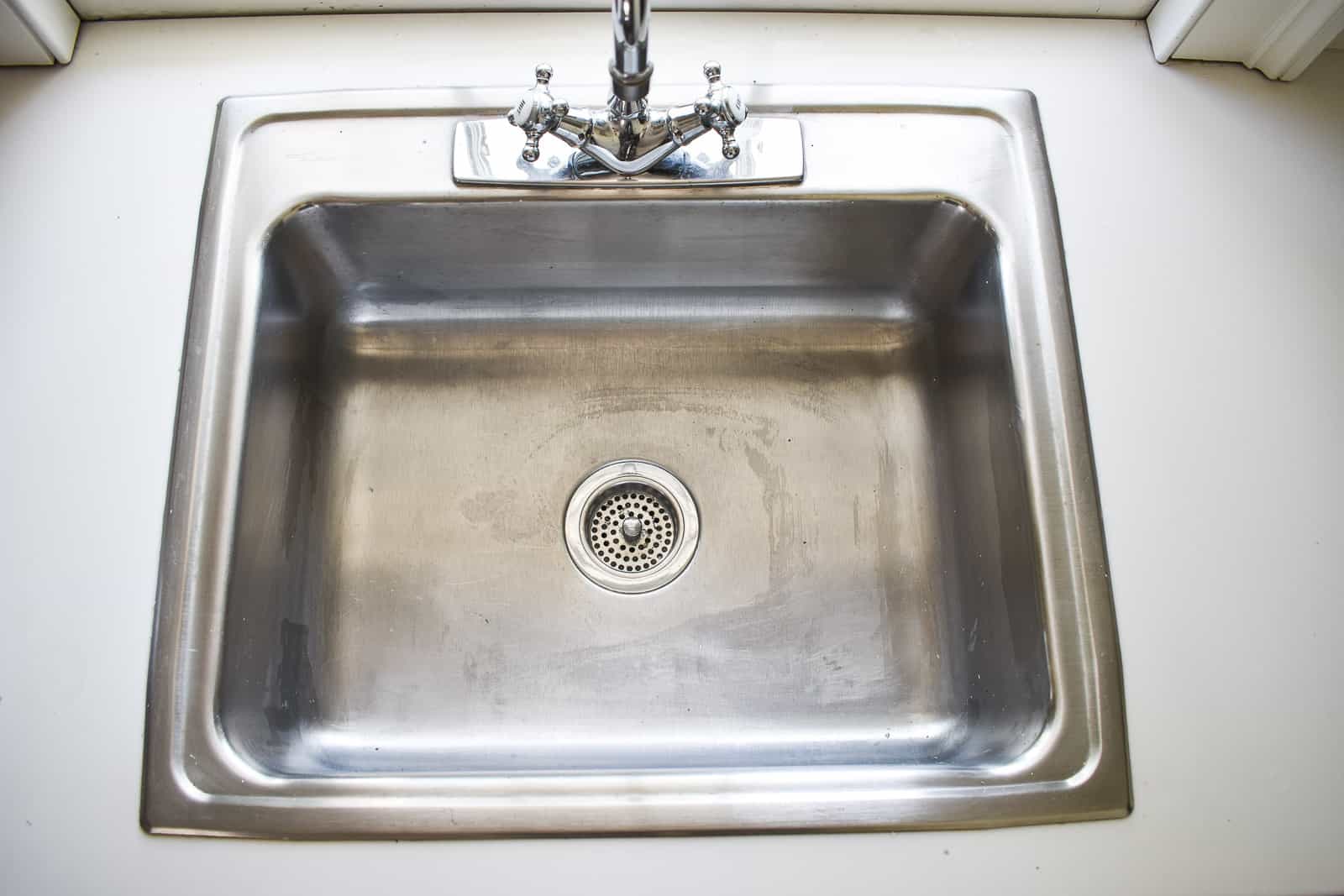
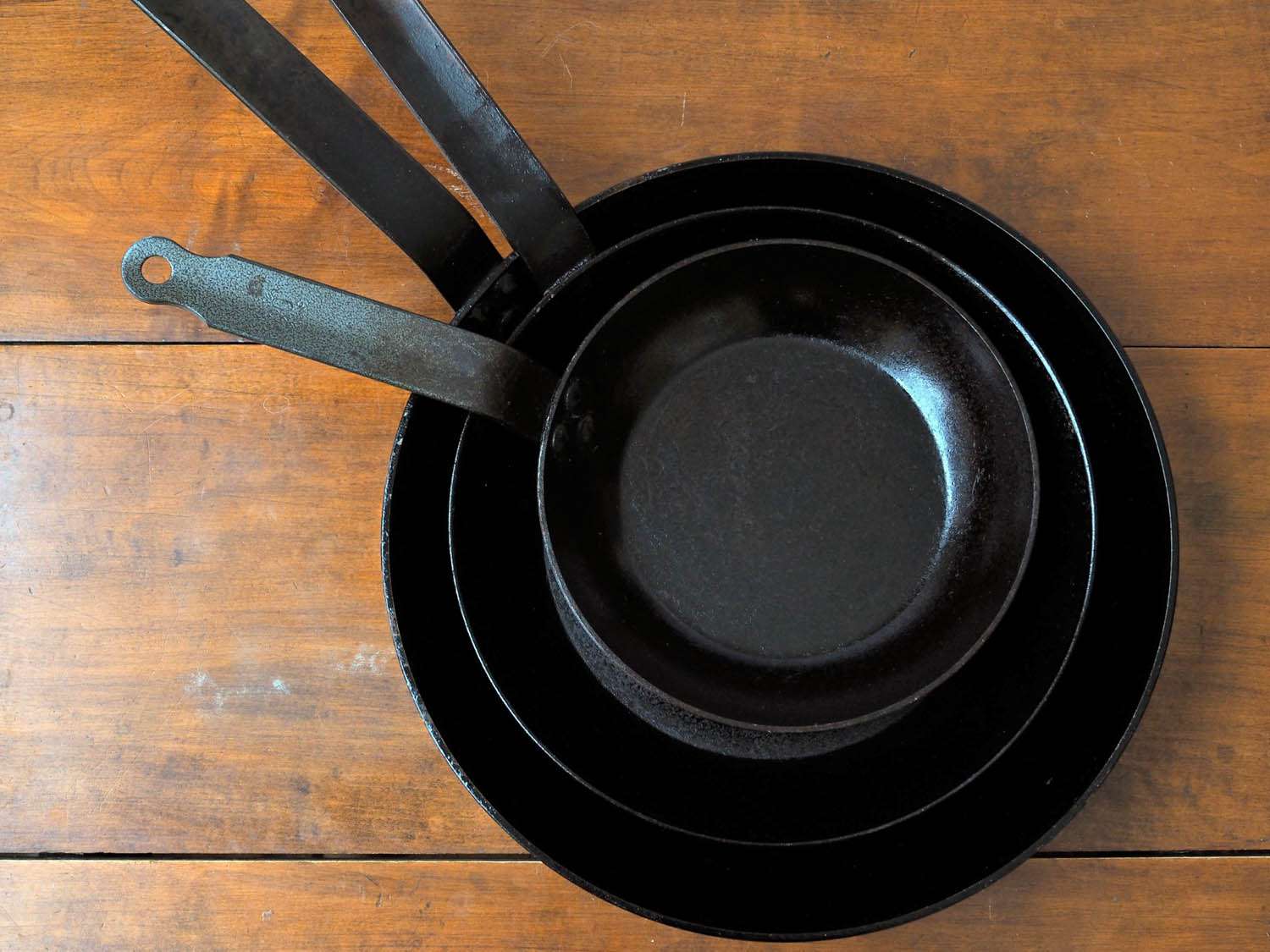
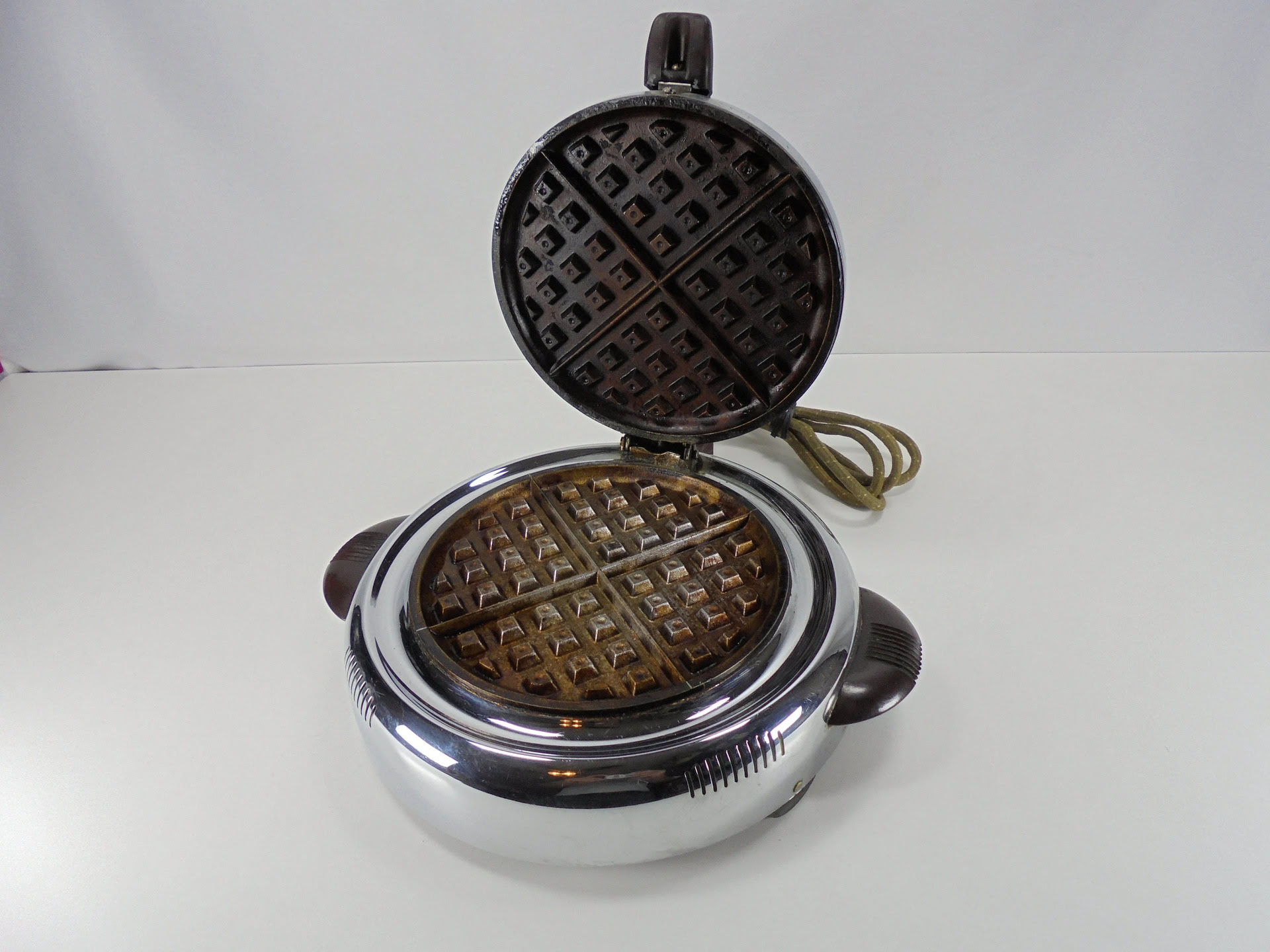
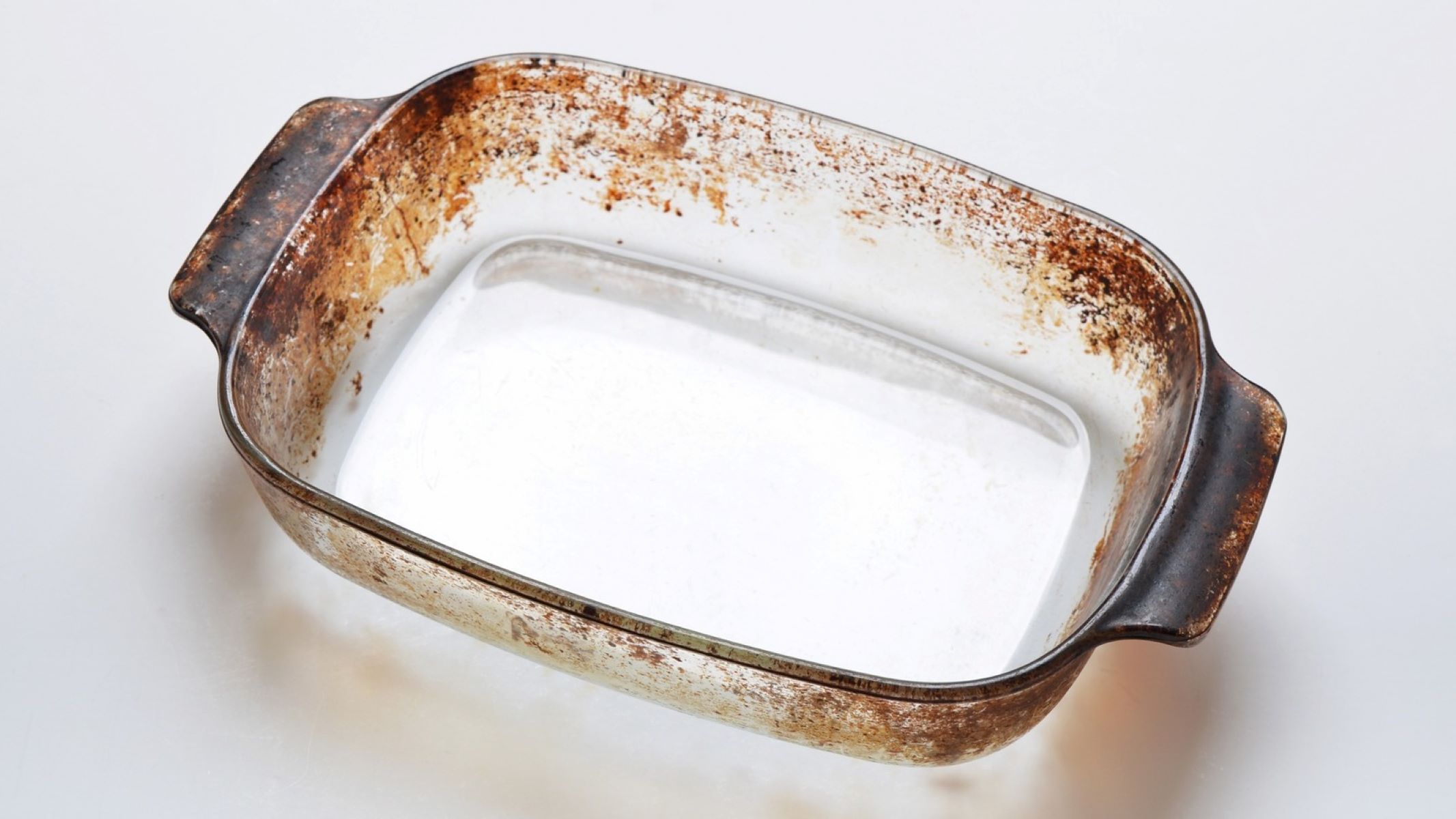
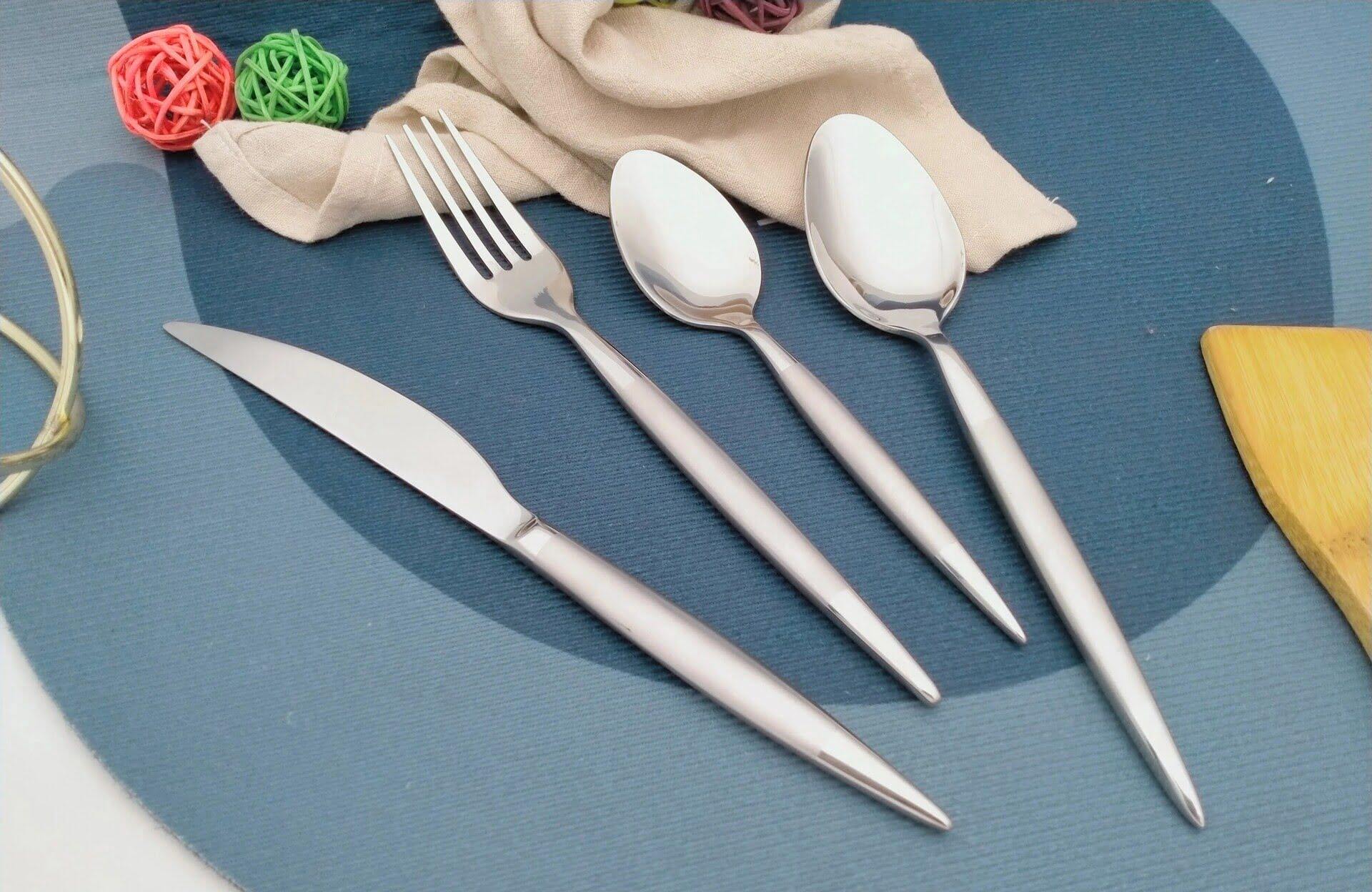

0 thoughts on “How To Clean A Burnt Stainless Steel Pan, According To Experts”